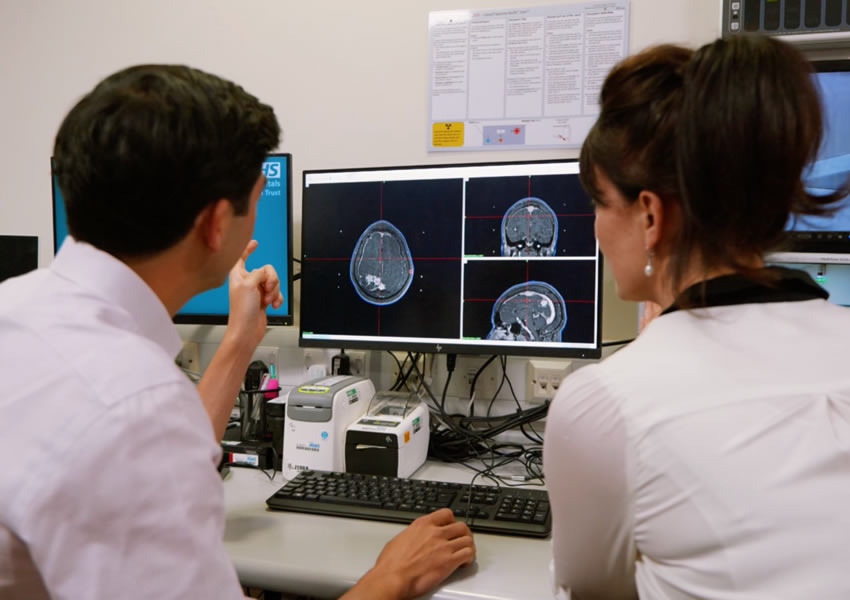Once you file a disability claim, the process may take some time, depending on various factors. According to the US Department of Veterans Affairs, it took an average of 131.5 days to finish reviewing disability cases in 2020. Time taken depends on the claim type, complexity of the injuries, and how fast VA review’s your evidence. Read on to learn more about the VA claims process.
Filling the Claim
First, a veteran must file a claim detailing why they deserve VA benefits based on their disability. You can submit an application through the following ways:
- Online through the VA’s eBenefits account
- Sending an email to the veteran affairs department
- Taking a VA form to a VA regional office
- Completing the form with an accredited agent or representative
Once you complete the filling process, the VA sends an acknowledgment that they received your claim, depending on the procedure used. In case there was missing information or you used the wrong form, the VA will indicate the required changes before processing the claim.
Initial Disability Review Claim
In this step, the VA develops a claim by getting your veteran medical records to make a follow-up. They can also use other medical records that you had included in your details. In case you have a current medical condition, the VA conducts a physical exam or gives a VAE so that they provide a medical findings report.
You will then receive a letter from VA explaining the claims process. It will explain what the VA will do, what the veteran needs to do, and substantiate your claim.
Evidence Gathering and Review
At this stage, VA indulges in the evidence-gathering process since they need to help the veteran obtain all the crucial evidence supporting their claim. Therefore, there is a lot of back and forth with the veteran making this step the longest part of the entire procedure.
VA will also send the veteran a letter confirming that the claim process is still ongoing. It includes a list of documents that the VA wants to gather, such as employment history. If you have access to any detailed information, you can send it to VA to hasten the process.
The Veteran Service Representative (VSR) will complete some of the following actions:
- Review of the evidence that you and other parties availed
- Ask for the veteran’s medical evidence, or use other medical providers’ information who have treated the condition that led to your disability
- Pass your claim application for decision making
Veterans can also submit a fully developed claim (FDC) if they believe they have all the information needed to make a final decision.
If the VSR determines that your claim needs more evidence, they can return it to the evidence-gathering stage. It happens when the VA needs a review of more healthcare records and other vital information.
Preparation for Decision Approval
After gathering all the required evidence, a Rating Veteran Service Representative (RVSR) makes a review of all documents. They will make a decision and prepare documentation that shows their recommendation. The claim then proceeds to the approval stage, where a VA adjudicator reviews the proposals for a final decision.
The RSVR does a second VA disability review and passes it to another superior for another evaluation. The Department of Veterans Affairs prepares a decision packet and sends it to your home address. It includes details of your reward amount and the formula used to get it.
The above procedures give essential information on a veteran’s claim process. Still, if you disagree with the VA’s decision, you can appeal the process within a year. You can use this VA claims and appeals process interactive tool to keep track of your benefits claim’s progress.





